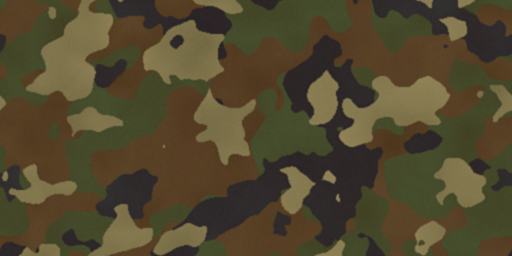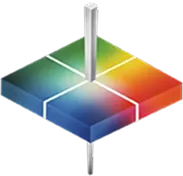A difference in visual discrimination
The human eye has substantially more color range-sensing cones than a deer and is designed to filter out UV light from the sun. This allows humans to see with more accuracy and detail than a deer when light is present. Although a deer’s eye is less sensitive to color range changes and cannot see fine details, it can detect color in the UV region, a color range which is completely invisible to the human eye. Therefore, the new camouflage pants you just purchased may seem like a perfect match the forest foliage, but thanks to UV enhancers, it is perfectly visible to the very animals from which you are trying to conceal yourself.
How do we know for sure what a deer actually sees? Many scientists have conducted numerous experiments to compare the rod and cone similarities and differences of deer and humans eyes, and have inferred that deer do in fact see color, but that their color range is significantly different from ours. Deer tend to show color-blindness toward reddish hues while bluish tones tend to stand out, and color that was in the UV spectrum was also clearly visible to these animals. The video below shows a study in which deer were trained to associate various wavelengths of light with a food reward. This experiment helped to confirm the color range that deer can identify most clearly.
Using science in clothing and detergent manufacturing
These studies confirm that certain colors are more identifiable to deer and will alert them to human presence. Using this scientific-based information, product developers are able to design their camouflage gear to provide the best performance results. Using UV spectrophotometric technology, hunting gear can be carefully designed to conceal the color range that deer respond to the most. Even when developing safety gear, such as “hunter orange,” it is important to use color measurement instrumentation to carefully evaluate the presence of UV reflective materials that may cause excess brightness.
The reflective value in clothing plays a significant role in visibility when it comes to deer and other wildlife. As the National Deer Association explains, “ the study revealed that deer can see into the shorter wavelengths were UV light could be noticeable to deer. If concerned about the UV brightness of your hunting clothes, you should first determine if they are “UV-hot.” This can be done easily with the aid of a UV or blue light. If the clothes glow under the light, the UV radiance must be eliminated with a special product made for that purpose. If the clothes do not glow, simply avoid washing them in laundry products containing UV brighteners and you will be good to go."



